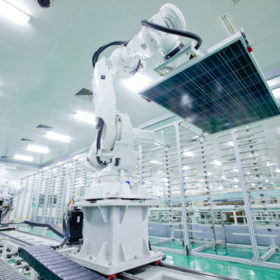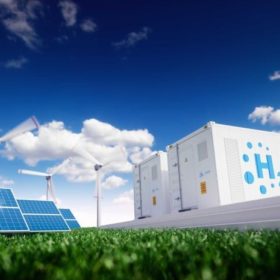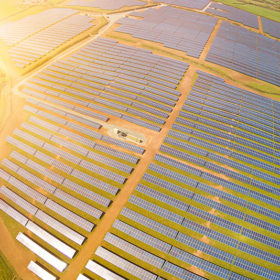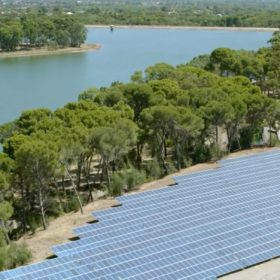Jinko claims two more efficiency records for bifacial panels
The Chinese manufacturer has achieved conversion efficiencies of 21.82% and 22.49% for its p-type PERC and n-type HOT bifacial panels, respectively. The results were confirmed by Germany’s TÜV Rheinland.
Horizon Power looks at green hydrogen for WA coastal town of Denham
The small tourist town of Denham in Western Australia’s Shark Bay World Heritage Area could host a renewable hydrogen demonstration project as part of a new energy solution planned for the town.
MPower breaks ground on two solar farms in South Australia
Renewables developer MPower has commenced work on two 5 MW solar farms in South Australia expanding its portfolio of smaller utility-scale projects.
Concern about climate escalates in Australia’s hottest year on record
As the country grapples with devastating bushfires, the number of Australians concerned about climate change has climbed. Almost four-fifths of those surveyed last week said they were concerned about climate change, an increase of five percent from July, according to think-tank The Australia Insitute. The polling comes hot on the heels of the Bureau of Meteorology’s 2019 Annual Climate Statement, showing there is every reason for concern and confirming 2019 was both the warmest and driest year on record for Australia.
Solar energy at the heart of solution to global water scarcity
Researchers at the University of Newcastle have developed a solar-powered atmospheric water generator, a clean and economical solution to the worsening perennial problem of global water scarcity.
Just how clean is Australia’s water industry?
University of Queensland researchers have quantified the amount of on-site renewable energy generation utilised by the nation’s water industry. The results are interesting if not already anachronistic due to the rapid pace of advancement in the world of solar PV.
Solar park taking shape along 40 km of road in the Netherlands
The Dutch water management agency plans to install solar panels along both sides of the A37 highway in Drenthe province, as well as on the median strip, to cover 300 hectares in total. The project is part of a plan to build projects on state land, as the domestic PV industry continues to search for alternative surfaces on which to deploy solar.
REC Group launches triple 25-year warranty, doubles coverage on TwinPeak and N-Peak solar modules
Norwegian solar panel manufacturer REC Group has upped the ante with new warranty deals and reduced the annual power degradation of its products. In addition to a brand new, triple 25-year warranty exclusively offered by certified REC Solar Professional installers, it has extended coverage form 10 to 20 years for its TwinPeak and N-Peak products.
European Commission announces €1tn Green Deal ambition
President Ursula von der Leyen has outlined plans to fund her Green Deal with a mix of EU, member state and private sector contributions. Now it is over to individual nations and the European Parliament.
Renewed insight into the clean-energy job transition for coal-industry towns
Renown think-tank Beyond Zero Emissions has published a new report looking directly at the near-future for fossil-fuel industry dependent towns and communities like Collie in WA. The report suggests that Collie has great hope for renewal, a hope founding on the state’s rapid transition to renewable energies.










